4 Making it easier to find out what is going on in Parliament
A range of people including citizens, organisations, professionals and lobbyists need to access a variety of information from Parliament. As people become more and more used to accessing information online, they increasingly expect to be able to do this in different ways, for example by watching a short video or accessing raw data. Balancing these competing demands and meeting people’s growing needs is an ongoing challenge for Parliament.
4.1 The parliamentary website
The parliamentary website is a primary source of information about Parliament for members of the public. Figure 2 shows the top five things that people are looking for when they visit the parliamentary website.
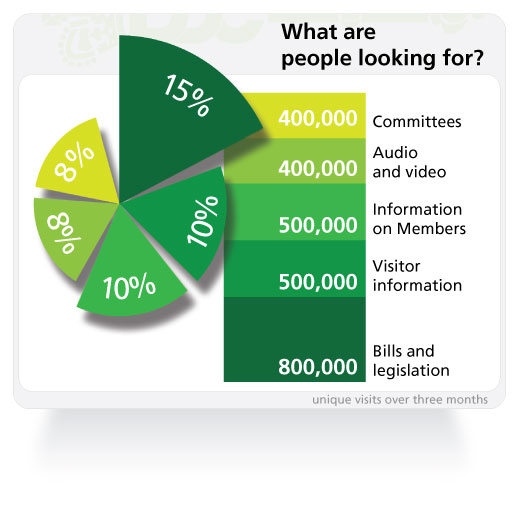 The top things people look for when they visit the UK Parliament website.
It shows that 15% look for information on bills and legislation; 10% for visitor information,
10% for information on members of parliament; 8% for audio and video footage; and 8% for Committees.
The data is taken from unique visits over a period of three months.
The top things people look for when they visit the UK Parliament website.
It shows that 15% look for information on bills and legislation; 10% for visitor information,
10% for information on members of parliament; 8% for audio and video footage; and 8% for Committees.
The data is taken from unique visits over a period of three months.
It should be easy for people to find the information they want about Parliament, whether this is basic information about visiting Parliament or more detailed information about specific issues. Those who visit the parliamentary website will expect the search function to help them find what they are looking for, but this has been flagged up as a key weakness.[1] Lord Kirkwood said:
“[W]e are about to appoint a digital director, and I think one of the first questions he will ask is, ‘Why can’t I just find out anything I want by going into the search engine and typing ‘the Dogs Act current update’, press the button and watch it all unfold?’ …Google is still better than our parliamentary search engine by a mile.”[2]
7. The Commission recommends that improving the search function on the parliamentary website should be a priority for the new parliamentary digital service.
4.2 Audio-visual content
As the demand for video increases, broadcast footage of debates and committee meetings is increasingly valuable, but access to the footage of speeches in Parliament for MPs, broadcasters and the public is inadequate. It can be very difficult to find online and it takes days rather than minutes to make clips of speeches available for MPs to put on their websites. Instead, it should be easy for MPs to grab their speeches online shortly after they have finished speaking and embed the footage on their website. Members of the public should also be able to use audio visual clips from Parliament in a similar way.
The largest media organisations have limited access to high-quality coverage but they currently have to choose in advance what they will cover, so they may miss out on a dynamic exchange between MPs and invited witnesses at a committee meeting.
Fortunately, Parliament has been investing to put up-to-date technologies in place. High-quality audio-visual footage of the full range of Parliament’s activities will be available as a live feed or on demand after the event. We believe that to take advantage of this technical advance, video footage should be freely available to use by the public and by media organisations without charge and without unreasonable copyright restrictions, so that people can see more easily the work that MPs and members of the House of Lords do on their behalf. It is also important that video footage is fully searchable, which means integrating Hansard reports of debates and other information with the audio-visual content.
8. Parliament should make its audio-visual coverage of debates and committees freely available for anyone to download and re-use without unreasonable copyright restrictions by the end of 2015.
At present television coverage of the House of Commons is a bit like looking down on a goldfish bowl due to the high position of cameras in the chamber. This gives the proceedings a somewhat detached quality, emphasising the divide between MPs and audience. The Speaker’s Advisory Council on Public Engagement has urged the House to introduce new camera angles to give a more gripping television experience.[3] We support this and are pleased to note that a trial will take place after the election.
Click the image(s) to view in full screen.
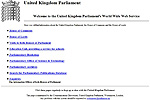
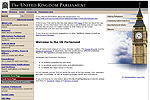
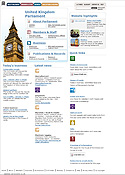
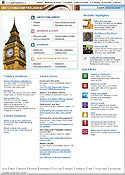
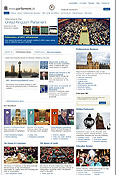
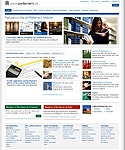
[1]MySociety, Parliament's Online Services: A Strategic Review containing Strengths, Weaknesses and Recommendations, March 2014; Lord Kirkwood, Spoken contribution to the DDC on representation, 17 June 2014, Q13
[2]Lord Kirkwood, Spoken contribution to the DDC on representation, 17 June 2014, Q13; For more information on the digital director, see chapter 12.
[3]Digi091 [The Speaker’s Advisory Council on Public Engagement]
